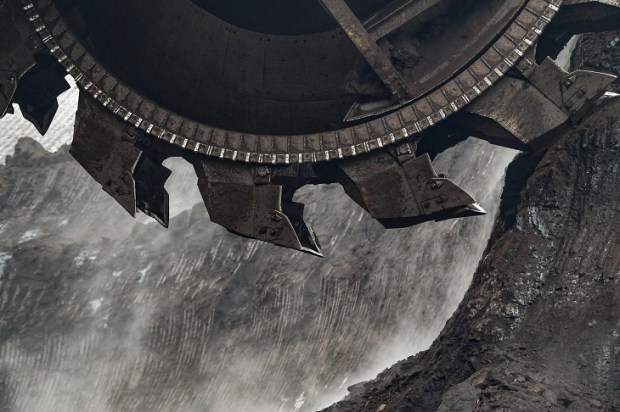Politicians, regulators, and subsidy-seekers portray the present difficulties in the energy market as being part of the transition from fossil fuels to renewable energy – and perhaps to more exotic forms of energy derived from extracting hydrogen from water.
They go on to claim that transitions always involve teething problem difficulties.
Already a subscriber? Log in
Subscribe for just $2 a week
Try a month of The Spectator Australia absolutely free and without commitment. Not only that but – if you choose to continue – you’ll pay just $2 a week for your first year.
- Unlimited access to spectator.com.au and app
- The weekly edition on the Spectator Australia app
- Spectator podcasts and newsletters
- Full access to spectator.co.uk
Or


























Comments
Don't miss out
Join the conversation with other Spectator Australia readers. Subscribe to leave a comment.
SUBSCRIBEAlready a subscriber? Log in